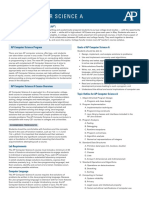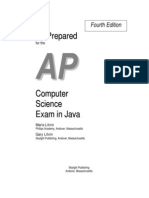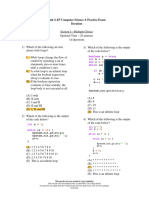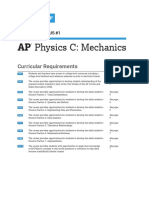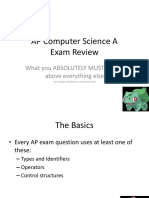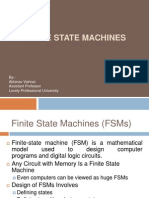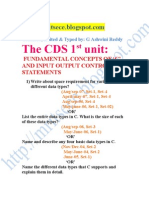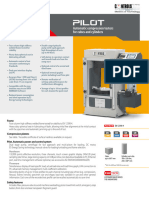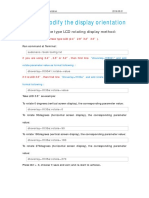100% found this document useful (1 vote)
4K views6 pagesAp Computer Science Principles Exam Reference Sheet
Uploaded by
api-199294806Copyright
© © All Rights Reserved
We take content rights seriously. If you suspect this is your content, claim it here.
Available Formats
Download as PDF, TXT or read online on Scribd
100% found this document useful (1 vote)
4K views6 pagesAp Computer Science Principles Exam Reference Sheet
Uploaded by
api-199294806Copyright
© © All Rights Reserved
We take content rights seriously. If you suspect this is your content, claim it here.
Available Formats
Download as PDF, TXT or read online on Scribd
/ 6









